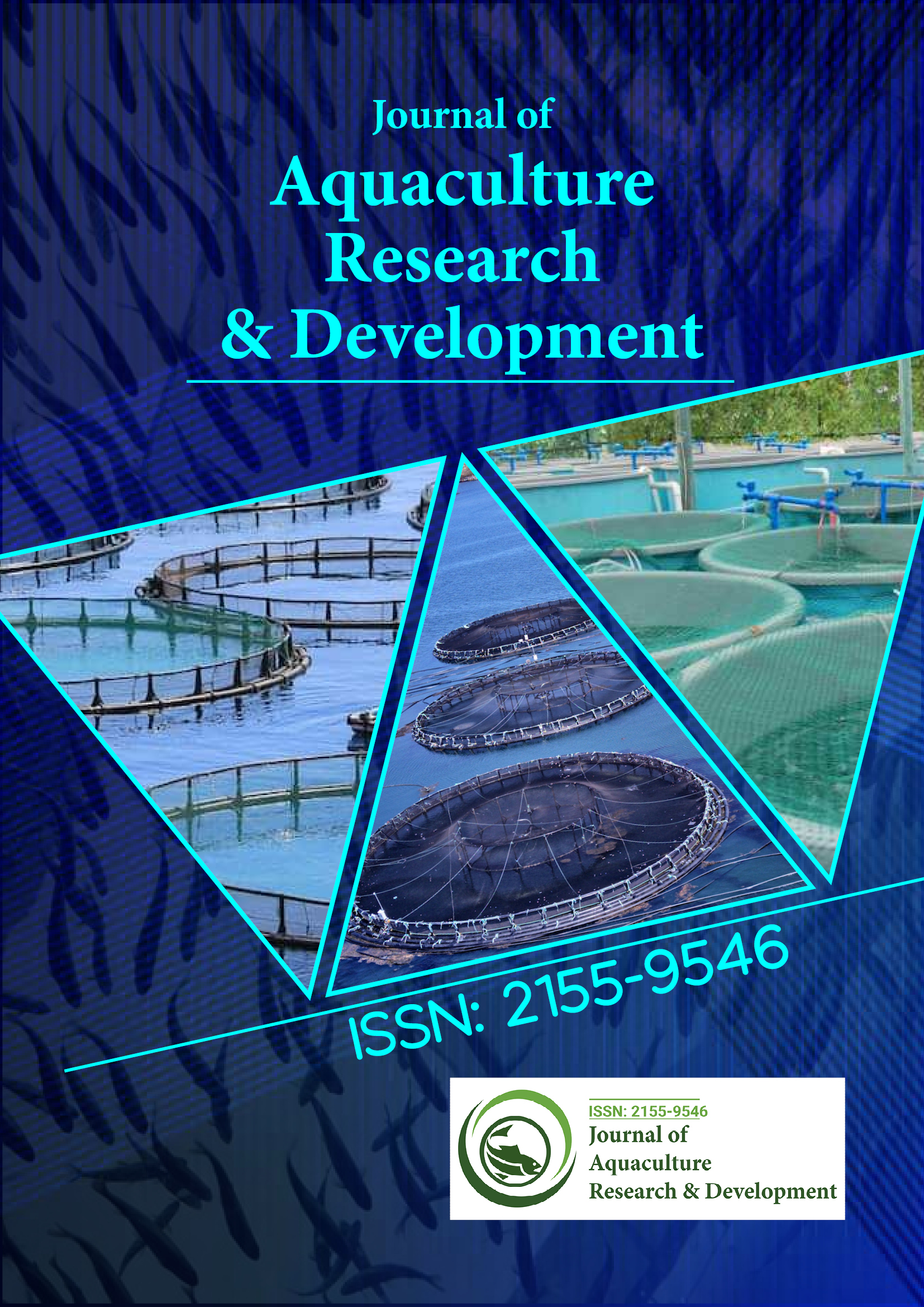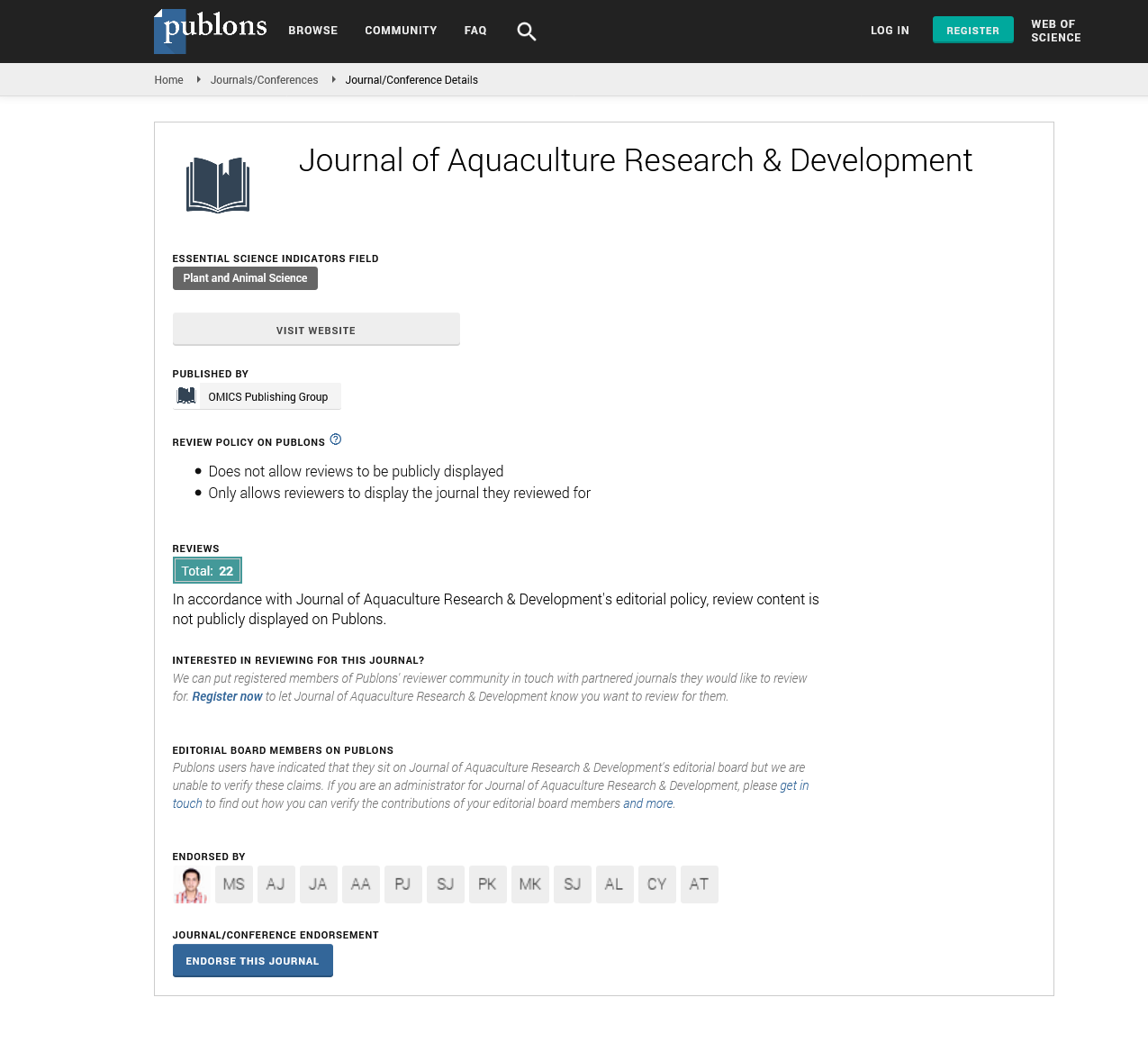Indexed In
- Online Access to Research in the Environment (OARE)
- Open J Gate
- Genamics JournalSeek
- JournalTOCs
- Scimago
- Ulrich's Periodicals Directory
- Access to Global Online Research in Agriculture (AGORA)
- Electronic Journals Library
- Centre for Agriculture and Biosciences International (CABI)
- RefSeek
- Directory of Research Journal Indexing (DRJI)
- Hamdard University
- EBSCO A-Z
- OCLC- WorldCat
- Scholarsteer
- SWB online catalog
- Virtual Library of Biology (vifabio)
- Publons
- MIAR
- University Grants Commission
- Euro Pub
- Google Scholar
Useful Links
Share This Page
Journal Flyer

Open Access Journals
- Agri and Aquaculture
- Biochemistry
- Bioinformatics & Systems Biology
- Business & Management
- Chemistry
- Clinical Sciences
- Engineering
- Food & Nutrition
- General Science
- Genetics & Molecular Biology
- Immunology & Microbiology
- Medical Sciences
- Neuroscience & Psychology
- Nursing & Health Care
- Pharmaceutical Sciences
Opinion Article - (2025) Volume 16, Issue 1
Genome Functional Annotation for Precision and Sustainable Fish Breeding
Olivia Coral*Received: 01-Jan-2025, Manuscript No. JARD-25-28646; Editor assigned: 03-Jan-2025, Pre QC No. JARD-25-28646 (PQ); Reviewed: 17-Jan-2025, QC No. JARD-25-28646; Revised: 24-Jan-2025, Manuscript No. JARD-25-28646 (R); Published: 31-Jan-2025, DOI: 10.35248/2155-9546.25.16.953
Description
The rapid advancement of aquaculture has necessitated the adoption of innovative techniques to enhance fish breeding efficiency, productivity and resilience. One of the most potential developments in this field is genome functional annotation, which provides unprecedented insights into the genetic mechanisms underlying key traits such as growth rate, disease resistance and stress tolerance. By identifying and characterizing the functional elements of fish genomes, including coding and non-coding regions, aquaculture scientists can make more informed breeding decisions and accelerate genetic improvements. This opinion article highlights the transformative potential of genome functional annotation in advancing fish breeding, emphasizing its impact on precision breeding, sustainability and future aquaculture practices.
Genome functional annotation involves mapping and interpreting genetic sequences to identify genes, regulatory elements and their biological roles. In aquaculture, this approach enables researchers to pinpoint specific genes associated with desirable traits, such as fast growth, improved feed efficiency and resistance to common pathogens. For instance, the annotation of the Atlantic salmon (Salmo salar) genome has identified several candidate genes linked to growth performance and immune response. Similarly, Genome-Wide Association Studies (GWAS) in tilapia (Oreochromis niloticus) have revealed genetic markers associated with disease resistance, creating the path for more targeted breeding strategies.
One of the most significant advantages of genome functional annotation in aquaculture is its potential to accelerate selective breeding programs. Traditional breeding relies on phenotypic selection, which is time-consuming and less precise. In contrast, genome-assisted breeding enables the selection of fish with superior genetic traits at an early stage, even before phenotypic traits are expressed. By controlling functional annotations, breeders can incorporate genetic markers into breeding programs, significantly reducing the breeding cycle and enhancing the accuracy of trait selection. This precision breeding approach can lead to the development of more productive and resilient aquaculture stocks.
In addition to improving productivity, genome functional annotation plays a critical role in enhancing disease resistance, which is a major challenge in aquaculture. Infectious diseases cause significant economic losses and threaten aquaculture sustainability. With functional annotation, scientists can identify immune-related genes and regulatory pathways that confer disease resistance. For example, in rainbow trout (Oncorhynchus mykiss), functional annotation has revealed genes linked to immune modulation and resistance against bacterial pathogens. By selectively breeding individuals with favorable immunerelated genes, aquaculture operations can reduce disease outbreaks and the reliance on antibiotics, promoting healthier and more sustainable production practices.
Moreover, genome functional annotation provides insights into stress tolerance and environmental adaptation. Aquaculture species often face environmental stressors, such as fluctuating temperatures, salinity changes and low oxygen levels. By identifying the genes involved in stress response pathways, breeders can develop fish strains with enhanced tolerance to such conditions. For example, functional annotation of the European sea bass (Dicentrarchus labrax) genome has revealed genes associated with thermal adaptation, providing potential targets for breeding programs aimed at improving heat tolerance. This capacity to breed more resilient fish stocks is particularly relevant in the face of climate change, where aquaculture systems will need to adapt to increasingly unpredictable environmental conditions.
Beyond selective breeding, genome functional annotation also facilitates the development of genetically engineered fish with enhanced traits. Gene editing technologies, such as CRISPRCas9, can precisely modify specific genetic sequences identified through functional annotation. This enables the introduction of desirable traits or the removal of deleterious ones, creating genetically improved fish lines with superior growth, resistance, or feed efficiency. While the use of genetically modified fish in aquaculture remains a topic of regulatory and ethical debate, the potential of genome editing to revolutionize fish breeding cannot be overlooked.
In conclusion, genome functional annotation represents a powerful tool for advancing fish breeding in aquaculture. By enabling precise genetic selection, enhancing disease resistance and promoting environmental adaptability, it provides a sustainable pathway for improving aquaculture productivity and resilience. As genomic technologies continue to evolve, the widespread application of genome functional annotation will play a significant role in shaping the future of aquaculture, ensuring its efficiency, sustainability and capacity to meet the growing global demand for seafood.
Citation: Coral O (2025). Genome Functional Annotation for Precision and Sustainable Fish Breeding. J Aquac Res Dev. 16:953.
Copyright: © 2025 Coral O. This is an open access article distributed under the terms of the Creative Commons Attribution License, which permits unrestricted use, distribution, and reproduction in any medium, provided the original author and source are credited.

